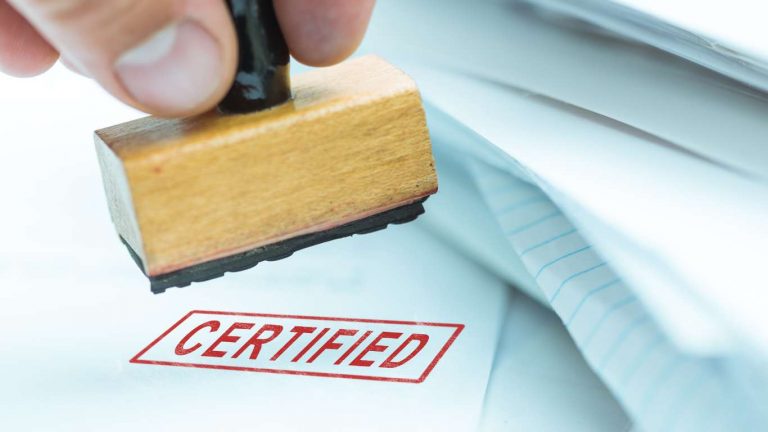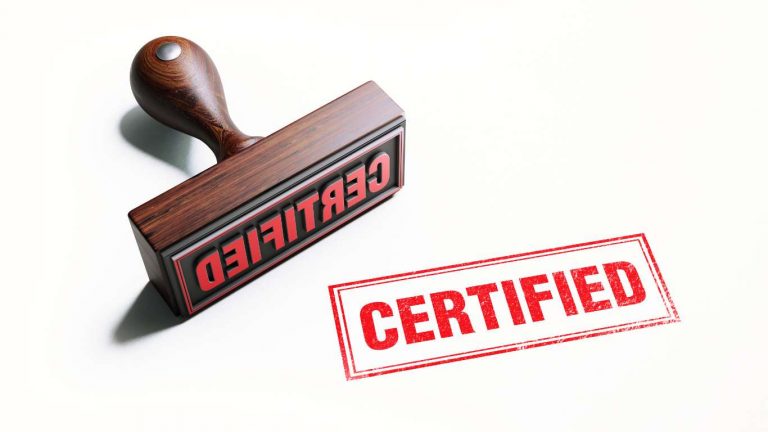When we think of dangerous goods, explosive chemicals and flammable materials often come to mind. However, there exists a diverse category of substances that pose unique risks, often overlooked but equally important: UN Class 9 Dangerous Goods
Such goods are a diverse UN dangerous goods category that encompasses everything from the lithium batteries powering our gadgets to environmentally hazardous substances.
UN Class 9 Dangerous Goods
UN Class 9 includes miscellaneous dangerous substances and articles that present various hazards during transportation but do not fit neatly into other classes. These items can pose risks to health, safety, property, or the environment if not managed correctly. Understanding these goods is crucial for anyone involved in logistics and transportation to ensure compliance with regulations and to maintain safety standards.
Class 9 dangerous goods cover a wide range of items, from lithium batteries to environmentally hazardous substances.
What Classifies as Class 9?
UN Class 9 dangerous goods are varied. They include:
- Environmentally hazardous substances that could harm the environment if they leak
- Lithium batteries that might overheat and start fires if not handled right
- Dry ice (solid carbon dioxide) can freeze the skin and take away oxygen in tight spaces
- Magnetised materials that can mess with navigation tools
- Elevated temperature materials that are kept at high temperatures
Risks and Hazards Involved
The risks with UN Class 9 dangerous goods vary a lot. Some common dangers are:
- Environmental contamination from leaks or spills
- Fire and explosion risks from flammable or reactive items
- Health and safety risks like toxicity, corrosiveness, or frostbite
- Damage to property and equipment from magnetic fields or extreme temperatures
It’s vital to have the right training, packaging, labels, and handling methods. This helps reduce risks when moving Class 9 dangerous goods.
Common UN Class 9 Dangerous Goods
Lithium batteries and dry ice are two common UN Class 9 dangerous goods. They need special handling and transport to stay safe.
Lithium Batteries (UN 3480, UN 3481, UN 3090, UN 3091)
UN 3480 and UN 3481
Lithium-ion batteries (UN 3480) and lithium-ion batteries contained in or packed with equipment (UN 3481) are commonly used in portable electronic devices, electric vehicles, and industrial applications. They are highly efficient and can store significant amounts of energy, but they also pose risks such as thermal runaway, fire, and explosion if damaged or improperly handled.
UN 3090 and UN 3091
Lithium-metal batteries (UN 3090) and lithium-metal batteries contained in or packed with equipment (UN 3091) are often found in smaller devices like watches, calculators, and medical devices. These batteries have a higher energy density per weight compared to lithium-ion batteries, making them lighter but also more prone to catching fire.
Handling and Transporting Lithium Batteries:
- Packaging: Use UN-approved packaging that can withstand the rigours of transportation.
- Labelling: Clearly label packages with the appropriate UN numbers and hazard labels.
- Documentation: Ensure all shipping documents are accurate and complete.
- Training: Provide proper training for all personnel involved in handling and transporting lithium batteries.
Miscellaneous Dangerous Goods (UN 3077, UN 3082)
UN 3077
Miscellaneous dangerous goods (UN 3077) include solid materials that pose environmental hazards. These could be chemicals, waste products, or other substances that do not fit into other hazard classes but can still be harmful to ecosystems if released.
UN 3082
Similarly, UN 3082 covers liquid substances that are environmentally hazardous. These liquids can contaminate water sources, harm aquatic life, and cause long-term ecological damage.
Handling and Transporting Miscellaneous Dangerous Goods:
- Containment: Ensure that goods are properly contained to prevent leaks or spills.
- Labelling and Documentation: Accurately label and document all shipments to inform handlers of the potential hazards.
- Emergency Plans: Have emergency response plans in place to deal with any accidental releases.
Magnetised Material (UN 2807, UN 2808)
UN 2807
MagnetiSed materials (UN 2807) are substances that can generate a magnetic field strong enough to interfere with aircraft navigation systems. Items such as magnets, magnetic assemblies, and certain types of machinery fall into this category.
UN 2808
While UN 2808 is less commonly used, it also refers to magnetised materials and covers items with similar properties and risks.
Handling and Transporting Magnetised Material:
- Shielding: Use magnetic shielding materials to reduce the magnetic field strength.
- Separation: Ensure proper separation from other cargo, particularly sensitive electronic equipment.
- Documentation: Clearly document the magnetic properties and any specific handling instructions.
Environmentally Hazardous Substances (UN 3077)
UN 3077 (again)
Environmentally hazardous substances solid (UN 3077) and liquid substances (UN 3082) are often treated as separate entities but share many similar handling precautions. Whether in solid or liquid form, these substances can cause significant environmental harm.
Handling and Transporting Environmentally Hazardous Substances:
- Containment: Use leak-proof containers and secondary containment methods.
- Labelling: Clearly label with the appropriate UN number and environmental hazard symbols.
- Training: Ensure all personnel are trained in handling and emergency response procedures.
Transporting UN Class 9 Dangerous Goods
Transporting UN Class 9 dangerous goods needs careful attention and strict rules. When moving Class 9 dangerous goods, it’s vital to pack and label them correctly. Following safety precautions is also key to avoiding risks.
UN Class 9 goods must meet international standards set by the United Nations. This means using the right packaging materials and sizes. It also means clear labelling to show the goods are hazardous and any special handling instructions.
- Use approved packaging materials for UN Class 9 goods
- Ensure packages are the correct size and design for the goods
- Label packages with UN class, proper shipping name, and other required information
Safety Precautions
When transporting Class 9 goods, strict safety precautions are a must. This protects staff and the public. It includes training staff, using the right equipment, and having emergency plans ready.
- Provide comprehensive training for all personnel handling UN Class 9 goods
- Use specialised equipment, such as personal protective equipment (PPE), to handle the goods safely
- Develop and regularly practise emergency response procedures in case of incidents or accidents
Following the right packaging and labelling rules, and strict safety precautions, businesses can move Class 9 goods safely.
Conclusion
In this article, you’ve learned a lot about UN Class 9 substances and materials. These materials need special care when moved, stored, and handled. You now know how to deal with their unique challenges.
Handling UN Class 9 dangerous goods means following strict rules and best practices. Keeping up with the latest information and being careful helps keep everyone safe. It’s crucial to pack, label, and handle these goods safely to reduce risks.





